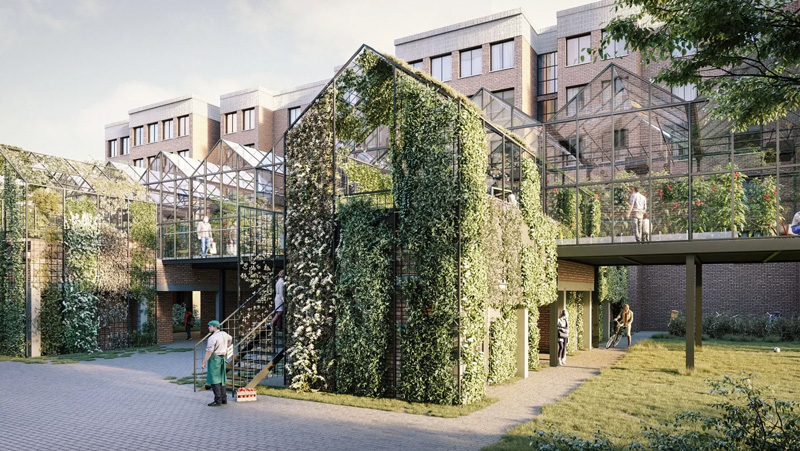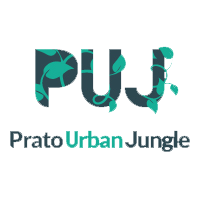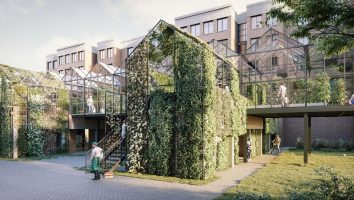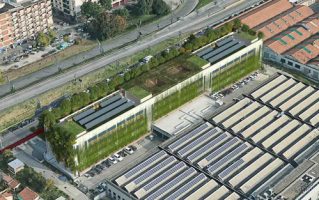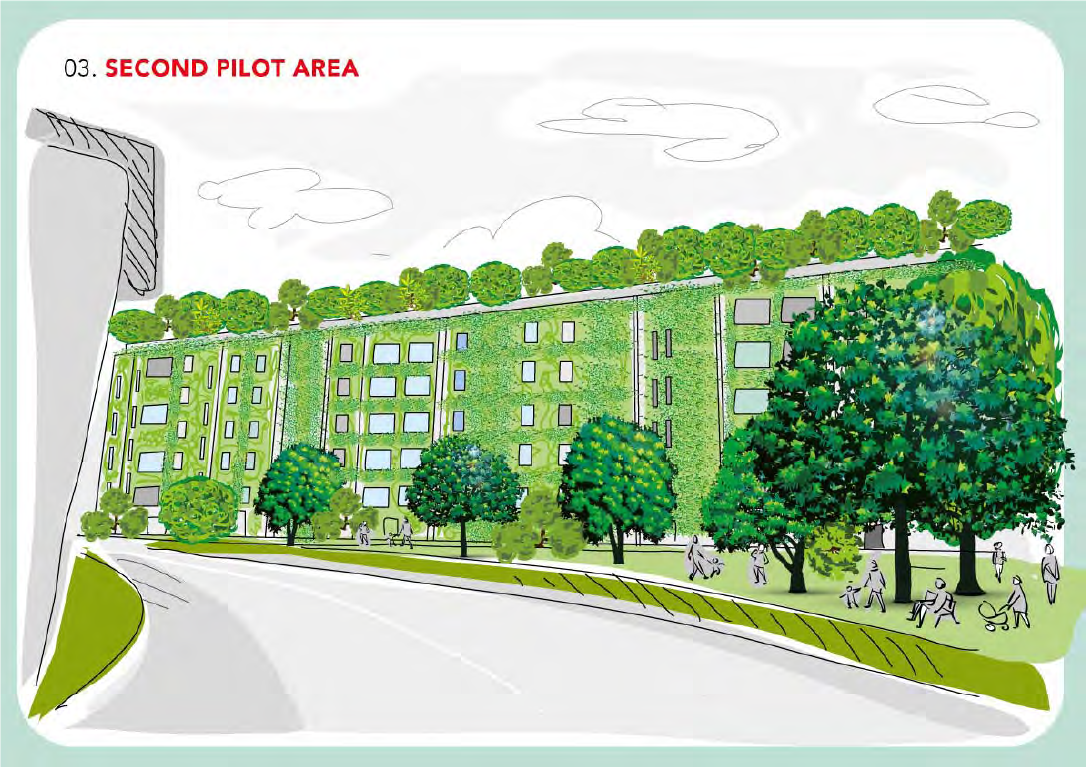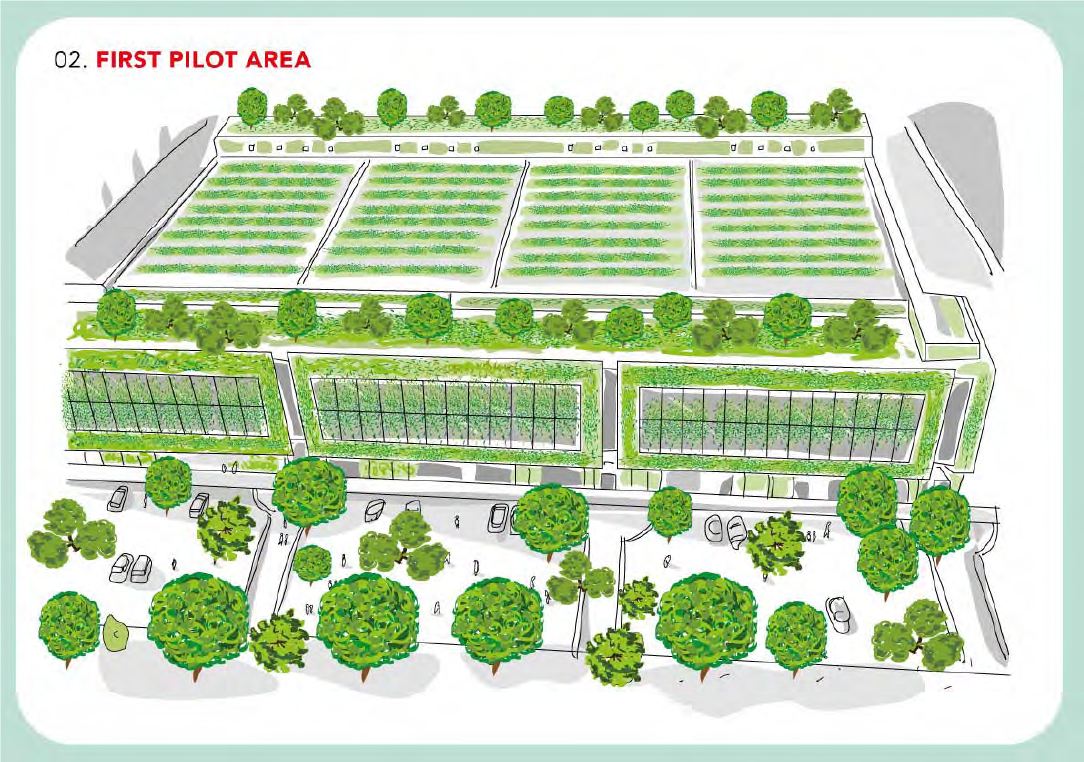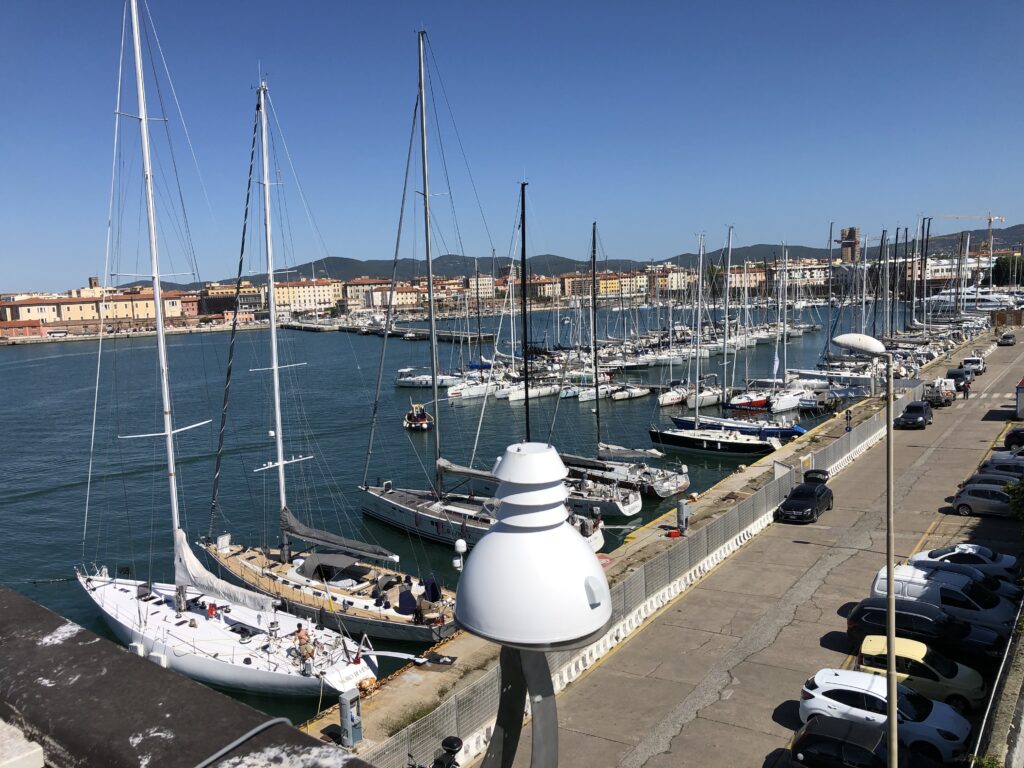Smart Garda Lake


Smart Governance | Enhancement of the territory | UE Projects | Sustainability
Lago di Garda - Italy (2019 - in progress)
Smart Garda Lake was born in June 2017 from an idea of Stefania Zerbato and Simona Franzoni, later developed and supported by a team of scientific partners including Tea Group. As part of the project, the Garda Community and the municipalities of Lazise, Torri del Benaco, Bardolino for Salò and Gardone Riviera, have decided to adopt a Smart Governance approach, aimed at preserving and enhancing Garda Lake territory.
Smart Governance is a set of strategies seeking the improvement and optimization of infrastructures and public services through new technologies in the field of communications, energy efficiency, mobility and environmental protection.
Its ultimate goal is to deliver long-lasting benefits to the environment and to the quality of life of citizens. Garda communities have thus initiated the creation of an environmental monitoring network to analyze the evolution of meteorological parameters, noise pollution, state of surface water and air quality, in line with the sustainability objectives of the UN 2030 Agenda.
TEA Group, in collaboration with the CNR Institute for Bio-Economics (IBE), has contributed to the project with the AirQino system, selected for the detection of parameters such as humidity levels, temperature, CO, CO2, O3, NO2, VOC, PM2.5 and PM10. The equipment used for monitoring was integrated into the public lighting network.
Attention to sustainability projects that preserve the territory and its ecosystems is a theme that is increasingly receiving attention not only for its benefit to the local population but also for its positive influence on tourism. The data confirm: Citizens and tourists are increasingly demanding and sensitive to the quality of the places where they live or spend a holiday.
The number of people sensitive to sustainability issues and active in preserving the territory is increasing.
Today, thanks to monitoring technologies and artificial intelligence platforms, municipalities can establish advanced information systems that meet support citizens and local administrators during decision-making processes.
The achievement of an economic, social and environmental sustainability that aims to preserve a unique ecosystem of its kind that every year sees millions of tourists from all over the world pour onto its shores is closely linked to the policies and decisions implemented by Local Administrations towards the territory and an increasingly sustainable tourism.







